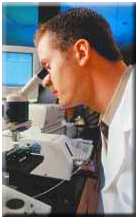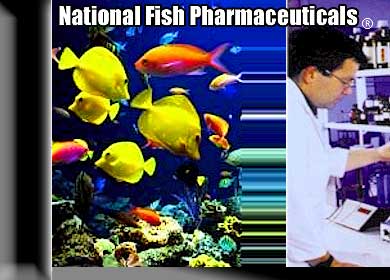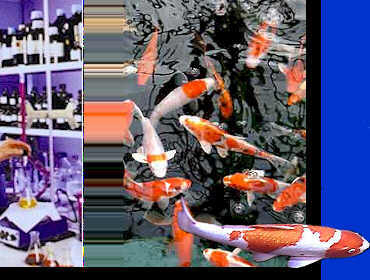|
Koi General Information & Important Facts That You Should Know
Koi keepers should know that all of the information on this website
pertains to their hobby, and Koi fish. All of the medicating
techniques, the disease library, articles and everything else
written in all of the website categories.
Why are we explaining this? Because Koi keepers tend to
segregate themselves away from the rest of the tropical fish
industry. For some reason, they think that we are here talking
about tropical fish and say "I don't have tropical fish, I have Koi
and they're different". Actually, they are pond fish, and that
is the only thing that really makes them different from a fish kept
in an aquarium. There are some obvious differences of course,
but medicating fish is the same no matter if you are medicating a
Koi, or a Neon Tetra.
Koi are colorful mutations of the wild carp, and thus are
classified in the same genus and species, Cyprinus carpio.
Cyprinids have the widest continuous distribution of any
freshwater fish family. The greatest diversity and the most
advanced cyprinids occur in Southeast Asia, which is thought to be
the center of origin of the family. The cyprinids' ecologic
equivalents in South America are the characins, and in Australia,
the rainbow fishes. |

Fact: Did you know that a Koi
can live up to 60 years? |
Koi In The WatergardenKoi can be included into a
densely planted pond, if
the area is large and deep enough. The Koi will do much better
if the population is kept small and they are not confined to smaller
spaces. In stocking a pond, the usual recommendation is for no
more than one inch of fish per square foot of pond surface area.
The water quality of well-stocked ponds should always be closely
monitored to prevent ammonia levels from becoming toxic.
Koi have special environmental needs and are, therefore, not
really suited for life in the water garden un-attended. Even
though Koi may be fed sufficiently, they still require fresh greens
in their diet. The submerged grasses and tender submerged lily
growth often prove irresistible. Trying to curtail their
appetite with daily feedings of fresh lettuce and celery leaves, may
not prove to change some of their habits. The pond is a
virtual smorgasbord to a Koi. It may be worthwhile to culture
some small pots of leaf lettuce. You can put these in the pond
if you cover the topsoil with some rocks so they won't nudge them
over, and then set them in the pond for the Koi to feed on.
Like wild carp, Koi are omnivorous, and in captivity are normally
fed once or twice a day. They can be offered processed food (pelletized
food) that has been especially made for the Koi's nutritional
requirements.
Koi can be very hard on your plants because of their persistent
rooting habits. They will root around looking for insects and
larvae to feed on. Any valuable plants should be planted in
tubs, which are then placed in the pond.
Also make sure that if you are using bricks as a platform to set
your plants on, to use some concrete pond paint on them to prevent
them from leeching lye into the pond. This will be toxic to
the fish and cause you to have extremely high pH levels.
Pond Fish
Sometimes, unfortunately... we are not blessed with good water,
and must use the 8.6+ pH city tap water in our ponds. These
high pH levels are not real good for many species of Koi. It
may be better for you to keep some common goldfish, comet goldfish,
or shubunkin's instead. These fish will grow huge just like
the koi, and they will be much easier on your budget. Plus
they are pretty hardy, and the shubunkin's are very colorful.
Some species of catfish, tilapia and the aquarium plecostimus
(algae eater) may be introduced to the pond in warmer climate zones.
These fishes are scavengers and will help keep the bottom of the
pond cleaner (This is no excuse not to clean your pond).
Continual maintenance of your pond is crucial, and keeping a
beautiful pond has proven to be too much work for many people. |
Contaminated Water
Run-off water from a nearby stream, or
collected rainwater may contain toxic insecticides, herbicides or
fertilizers. Rainwater from metal roofs or asbestos shingles
will contaminate the pond and may prove toxic to both the fish, and
the plants. If the fish display signs of toxicity, execute a
50% water change and/or remove the fish to safe quarters, or a
hospital tank until the water has been changed.
Acid rain may produce stress in water lilies. Immediately
following a heavy rainfall, the lily leaves may show signs of
burning at the edges or abrupt yellowing. A partial water
change may be needed after such rainy periods, if the pH readings
are lower than the neutral 7.0 range.
White foam at the waterfall entry of the pond is a sign of a high
level of dissolved organic compounds. Do some partial water
changes and add some Aqua Gold to the pond to handle the high
organic load.
Click Here to view a common Koi Disease
and treatment chart. |

